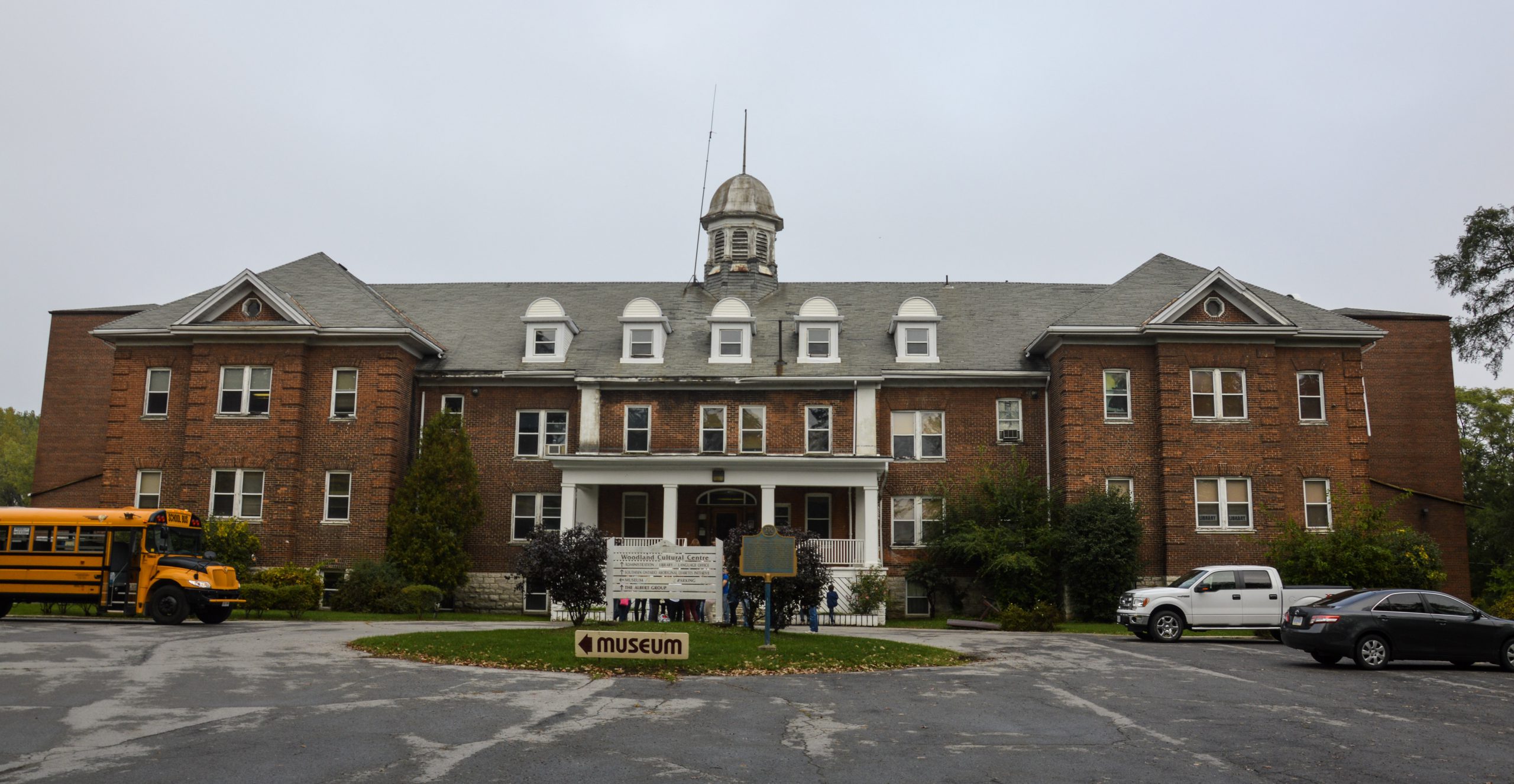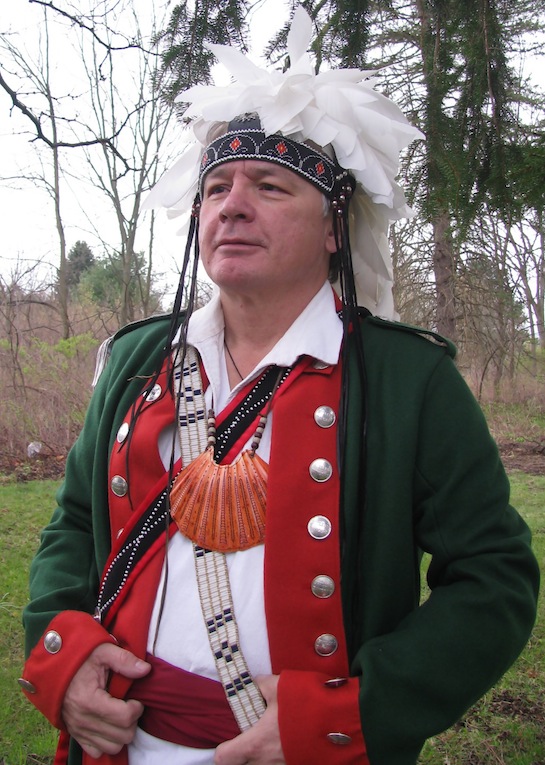Indianz.Com > News > Doug George-Kanentiio: The horrors of the Mohawk residential school

Our Mohawk Councils Failed to Protect the Residential School Children
Monday, June 14, 2021
Where once the Mohawk Nation exercised its authority over 11,000,000 acres of territory from the St. Lawrence River to the Delaware, a land which included all of the magnificent hunting grounds of the Adirondack Mountains, a region of beauty and natural riches, occupied by a people of power and influence whose technologies and philosophies forever changed the world-these people of strength, intelligence and confidence-now diminished to a condition in which they willfully surrendered their children to the horrors of the residential-boarding school system.
We as Mohawks on the Akwesasne territory located 100 km southwest of Montreal knew nothing of our remarkable heritage when we were students at the St. Regis Catholic School. The Sisters of St. Anne and the parish priest, a Mohawk Jesuit, impressed upon us the oppressive guilt because, they alleged, our ancestors had burnt, clubbed or tortured to death nine Catholic priests and laypersons-the North American Martyrs and only by the act if submission were were saved from eternal damnation.
These teachings and attendant literature almost eclipsed the truth, We would learn later, through the intrepid work of Ray Fadden-Tenahatorens, a Mohawk instructor in a public school on the “American” side of the reservation that there was another version. 

Doug George-Kanentiio, Akwesasne Mohawk, is the
vice-president of the Hiawatha Institute for Indigenous Knowledge. He has served
as a Trustee for the National Museum of the American Indian, is a former land
claims negotiator for the Mohawk Nation and is the author of numerous books and
articles about the Mohawk people. He may be reached via e-mail at:
Kanentiio@aol.com or by calling 315-415-7288.
Search
Filed Under
Tags
More Headlines
Native America Calling: Safeguards on Artificial Intelligence
NAFOA: 5 Things You Need to Know this Week
Chuck Hoskin: Cherokee Nation takes the lead for our environment
Native America Calling: Earth Day assessment for Native peoples
Cronkite News: Gathering addresses ‘epidemic’ among Native people
VIDEO: Cody Desautel on tribes and federal forest management
AUDIO: Legislative Hearing on Discussion Draft of Forest Management Bill
Native America Calling: Remembering the 1974 Navajo border town murders
Native America Calling: Can the right approach close the Native immunization gap?
Cronkite News: Long COVID cases remain high in Arizona
Native America Calling: Eyes in the sky for development, public safety, and recreation
Native America Calling: Three new films offer diverse views of Native life
NAFOA: 5 Things You Need to Know this Week
Chuck Hoskin: Cherokee Nation works toward cure for arthritis
Native America Calling: Protecting young people from the down sides of social media
More Headlines
NAFOA: 5 Things You Need to Know this Week
Chuck Hoskin: Cherokee Nation takes the lead for our environment
Native America Calling: Earth Day assessment for Native peoples
Cronkite News: Gathering addresses ‘epidemic’ among Native people
VIDEO: Cody Desautel on tribes and federal forest management
AUDIO: Legislative Hearing on Discussion Draft of Forest Management Bill
Native America Calling: Remembering the 1974 Navajo border town murders
Native America Calling: Can the right approach close the Native immunization gap?
Cronkite News: Long COVID cases remain high in Arizona
Native America Calling: Eyes in the sky for development, public safety, and recreation
Native America Calling: Three new films offer diverse views of Native life
NAFOA: 5 Things You Need to Know this Week
Chuck Hoskin: Cherokee Nation works toward cure for arthritis
Native America Calling: Protecting young people from the down sides of social media
More Headlines